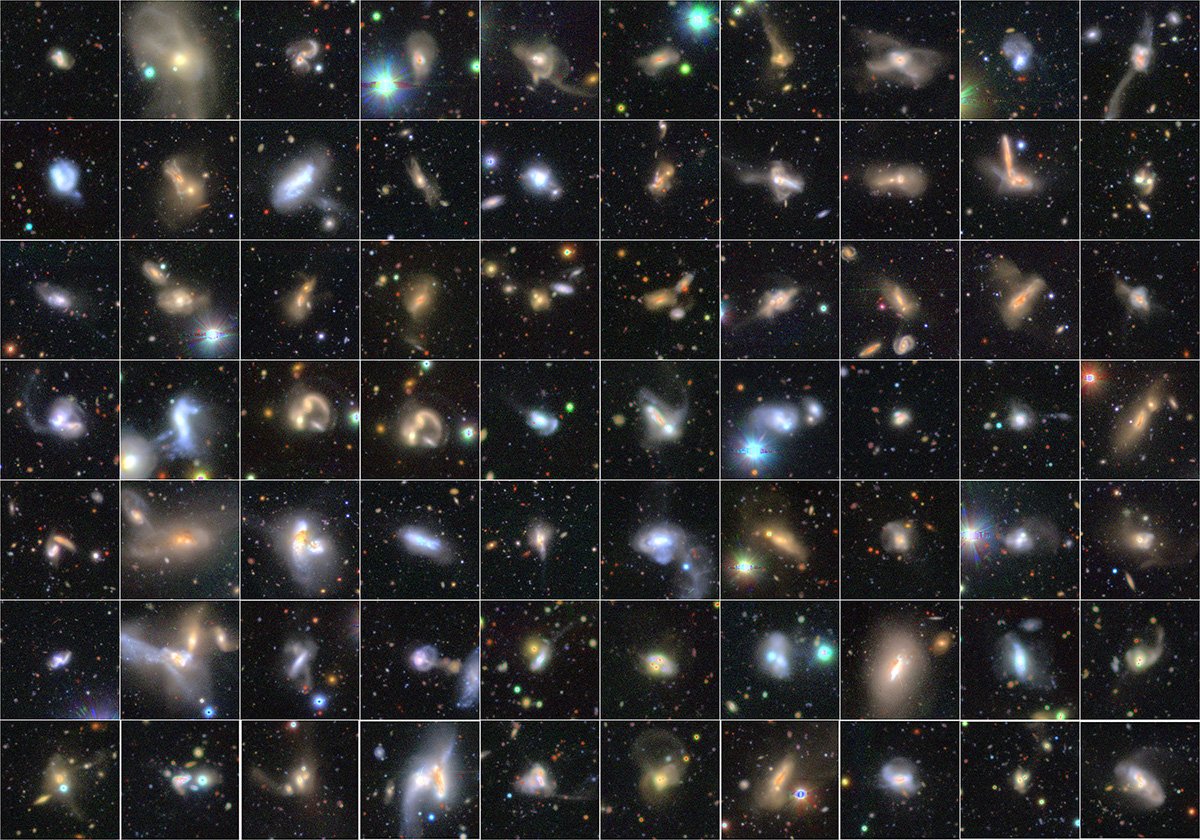| Oct 10, 2023 |
First scientific results from GALAXY CRUISE
|
|
(Nanowerk News) The citizen science project GALAXY CRUISE has yielded its first scientific paper (Publications of the Astronomical Society of Japan, "GALAXY CRUISE: Deep Insights into Interacting Galaxies in the Local Universe" ).
|
|
The results show unambiguously that the star formation rate is enhanced in colliding galaxies. This research was made possible by the approximately 10,000 citizen astronomers who helped classify galaxies in data from Subaru Telescope.
|
 |
| Galaxies identified as showing strong signs of interactions in GALAXY CRUISE. (Image: NAOJ)
|
|
Astronomy survey programs are producing more high-resolution data than astronomers can analyze. Great strides are being made in computerized data processing, but for some tasks, the human eye is still the most accurate measurement device.
|
|
To process the data, professional astronomers led by Masayuki Tanaka in the GALAXY CRUISE project ask private citizens to look at the data and help classify the features of galaxies. Based on the more than 2 million classifications by about 10,000 citizen astronomers over the course of two and a half years, GALAXY CRUISE has published its first scientific paper.
|
|
The presented results show that when galaxies collide and merge with each other, it increases the rate at which new stars are formed in the galaxies.
|
|
The GALAXY CRUISE project is continuing to see what other secrets can be found in the data with the help of citizen astronomers. For more details, please refer to the GALAXY CRUISE website.
|

